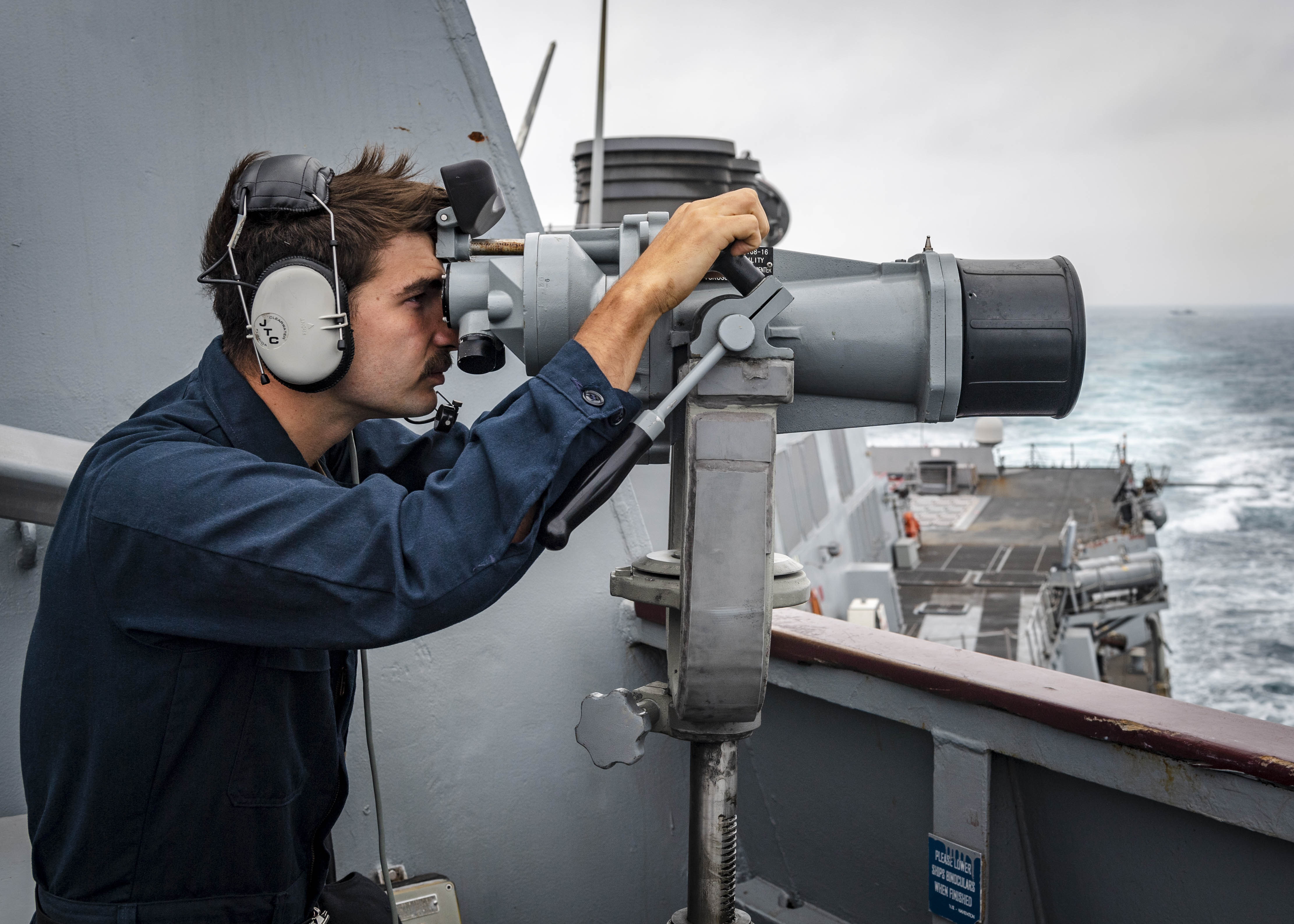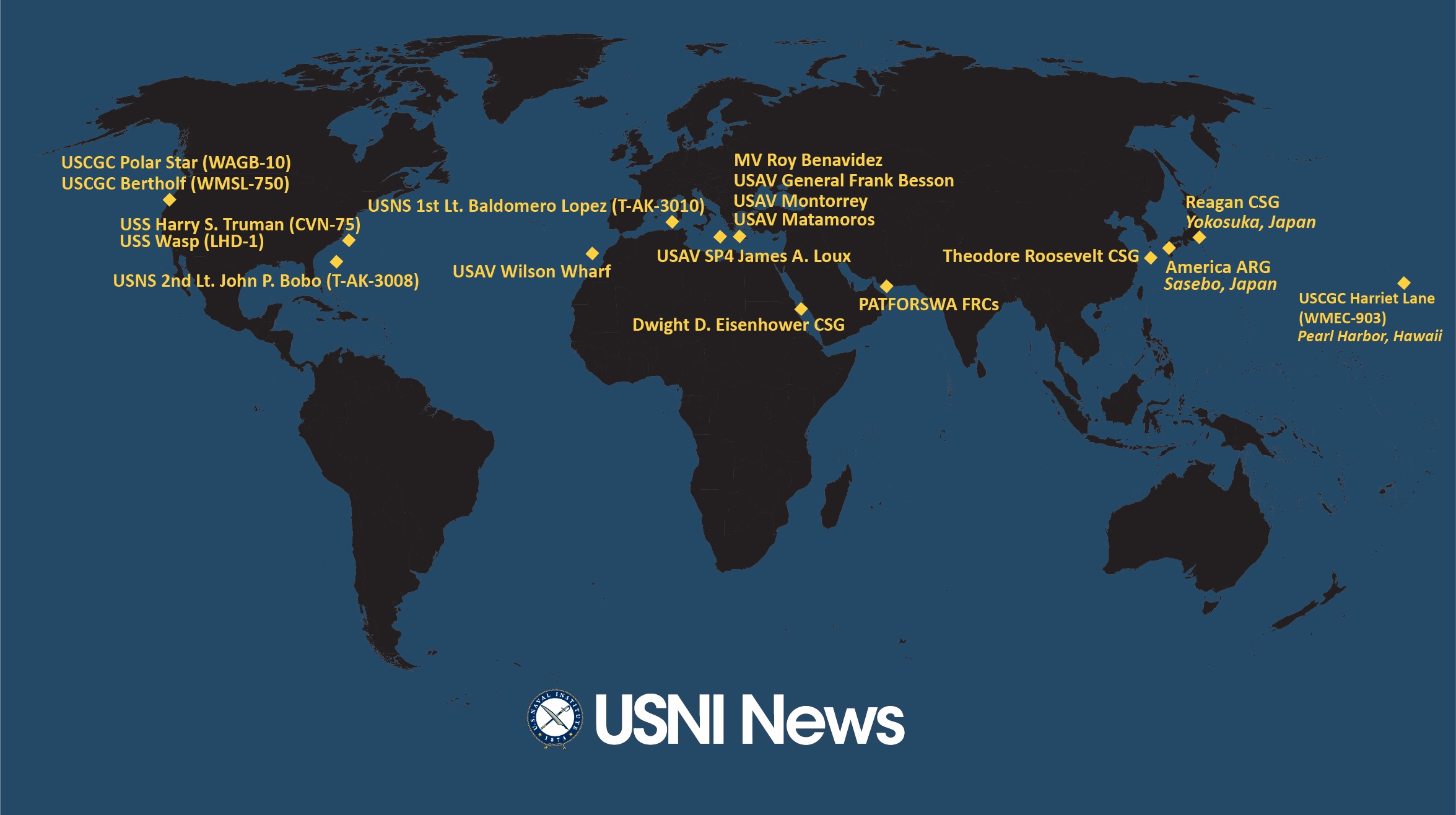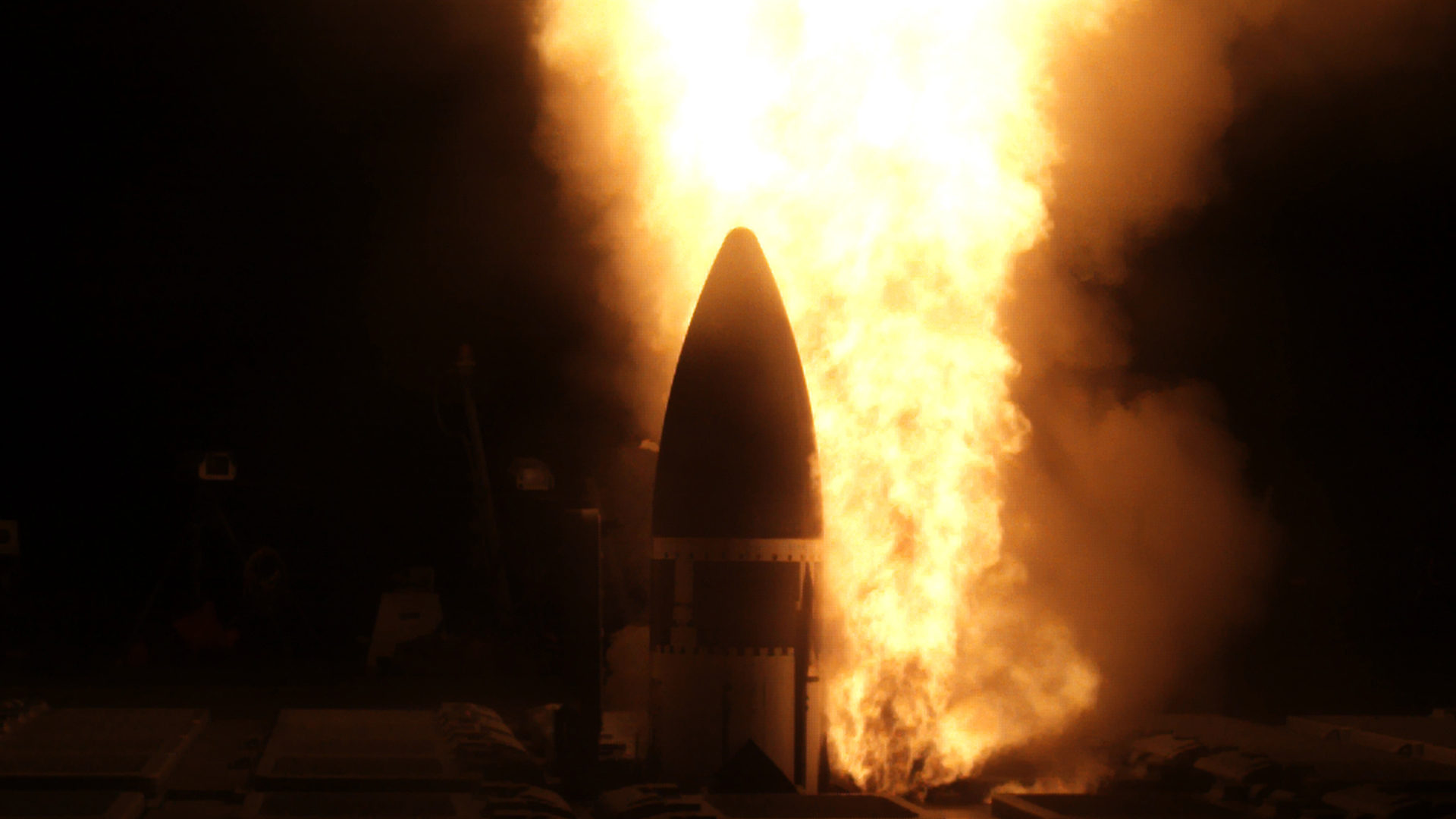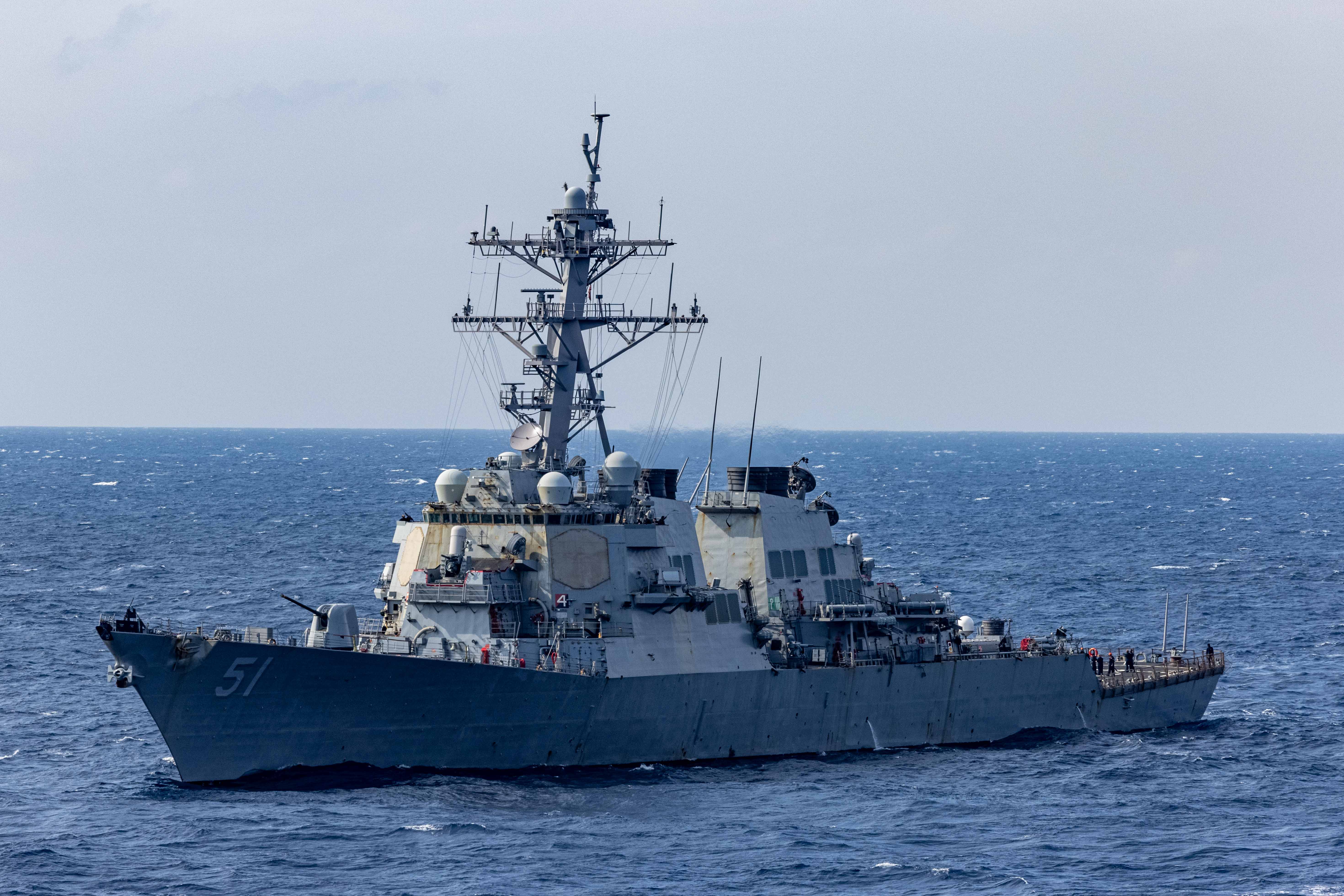
The Navy isn’t doing a great job of arguing for the service to expand to face the growing maritime threat from China, two members of the House Armed Services seapower and projection forces subcommittee said on Thursday.
In the last month, military leaders have played up the Chinese maritime threat in the Indo-Pacific with a particular emphasis on the rate of new warship construction by the People’s Liberation Army Navy, with U.S. Indo-Pacific Command commander Adm. Phil Davidson saying mainland China could invade Taiwan in six years and is on track to dominate the Pacific.
Rep. Mike Gallagher (R-Wisc.) said recent studies from the Navy and the Pentagon on expanding U.S. naval forces don’t adequately address the threat from Beijing.
“If public reporting on wargame trends is correct and the Chinese invasion threat [to Taiwan] is really looming in the next six years, where is our sense of urgency?” he said during a virtual event co-hosted by the Center for Strategic and International Studies and the U.S. Naval Institute on Thursday.
“It would be like defense planners reaching a similar conclusion in 1935 and shoulder-shrugging the coming crisis. Budgets that stay flat with inflation are not going to cut it. Kicking the can down the road on modernization is not going to cut it.”
The Navy and the Pentagon have completed two force structure plans within the last five years that reached similar conclusions on the composition of the force.
“By taking four years to come up with a brand-new, shiny, integrated force structure assessment, the Trump administration ended up in functionally the same place as its predecessor, which was laying out a solid plan for naval modernization but leaving the implementation to its successor,” Gallagher said.
“We don’t have any more time to waste. We can’t argue about the perfect future fleet architecture. We need to act with a sense of urgency, given the pace of shipbuilding. We can’t keep this conversation on the academic level. We need to turn it into action.”
Rep. Elaine Luria (D-Va.), who spoke at the same event, zeroed in on the lack of details in the hasty October release of the Pentagon’s Battle Force 2045 by then-Secretary of Defense Mark Esper that provided a loose outline of a 500-ship navy that would expand the fleet from its current ship count of 298.
“What was given to us in Congress is a menu. ‘Buy these ships in this number over the x number of years.’ But as lawmakers, there is so much that we are missing in this discussion. What assumptions were made?” she said.
“We want to do more, but I really feel like the Navy should do a better job communicating – not just to us, who are going to put the pieces together in the National Defense Authorization Act, but to the American public about why this is so essential to our national defense. … You need to build a Navy. A Navy to do what?”
Gallagher agreed the rollout of the plan to Congress and the public was “suboptimal.”
While the other services have issued outlines of their strategic priorities over the last several years, the Navy’s public disclosure has been limited to their contributions to December’s Tri-Service Maritime Strategy that laid out loose goals for the Indo-Pacific region.
Gallagher and Luria touched on the 1980s expansion of the Navy that was architected by then-Navy Secretary John Lehman.
“Lehman had a very clear plan of what we needed to build, why, and within a defined budget,” Luria said.
“We need that kind of vision and guidance.”
She said that focusing on the 355-ship count and an 11-aircraft carrier requirement that have been put into law wasn’t enough to justify the expansion of forces. Gallagher said that the case for seapower needed to be made beyond Congress.
“The more important conversation and the often-overlooked conversation that we need to have directly with the American people is making the case for integrated American sea power and why it’s a worthy investment, and I’m not sure we’ve quite connected those dots,” Gallagher said.
“The lesson from Lehman is that it’s critical for the Secretary of the Navy to be that externally-facing apostle for integrated American sea power, and then his or her ability to do that effectively is in turn dependent on the consistent support of the president of the United States.”
Luria said “the decisions that we make about our force over the next four or so years will either set us on a path to maintain maritime dominance or delegate that role to China.”





